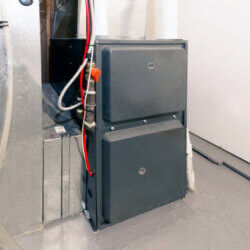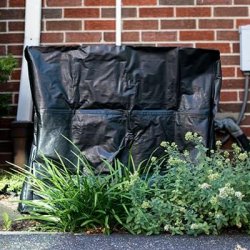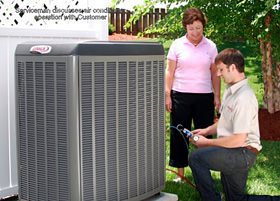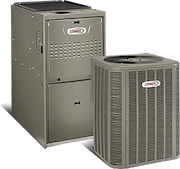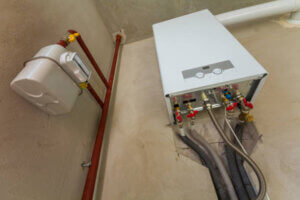
If you live in a place with cold winter months, like St. Louis, your furnace is an integral part of your life during these cold months. It is an incredible appliance that keeps your home warm and cozy, ensuring comfort while the chilly winds blow outside. It is no doubt that your furnace provides warmth and comfort throughout the winter season, but how does a gas furnace work
Read on to learn more about how your gas furnace works as well as how you can ensure your furnace stays in the best condition. To learn more or schedule furnace maintenance in St. Louis, contact the experts at Galmiche & Sons today.
How Does a Gas Furnace Work: Understanding the Process
When thinking about how does a gas furnace work, there are four important operations you need to be clear about:
- Combustion Process: A gas furnace ignites natural gas in the burner assembly. This combustion produces heat that transfers to the heat exchanger.
- Heat Exchange Process: Once the heat reaches the heat exchanger, the next step starts. The heat exchanger warms the air as it passes over or through it. The now-heated air is circulated throughout your home via the ductwork.
- Blower Motor: Now, the job of the blower motor begins. It powers the fan that pushes the heated air through the ductwork to various rooms of your home.
- Ventilation System: Finally, the heated air pushed by the blower motor starts circulating. After completing a cycle, it eventually returns to the furnace via return ducts to start the process anew.
Components of a Gas Furnace
Now that we have discussed the basics of how does a gas furnace work, it is important to understand the important components of a gas furnace.
- Burner Assembly: This is the main component of your furnace unit. This is the place where natural gas is ignited, and the combustion process begins.
- Heat Exchanger: This component basically acts as the heat absorber of the furnace. Its job is to transfer the generated heat to the circulating air efficiently.
- Thermostat: The thermostat regulates temperature settings and signals the furnace when to start or stop heating operations.
- Blower Motor and Fan Assembly: These parts propel the heated air through the ductwork, ensuring uniform warmth distribution throughout your home.
- Flue and Ventilation System: The flue and ventilation mechanisms safely exhaust combustion gases outside the home, and pull in return air to the furnace, maintaining indoor air quality.
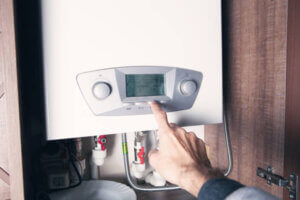
Maintenance Tips for Optimal Furnace Performance
So, now that you know how a gas furnace works. The next step is learning about how to maintain your furnace for optimal performance for years to come. Here are some tips we suggest:
- Schedule Regular Inspections: Make sure to schedule annual professional inspections of your furnace to ensure all components are functioning correctly.
- Ensure Air Filter Replacement: Replace or clean the furnace filter regularly to maintain airflow and prevent dust buildup.
- Keep the Surrounding Area of the Furnace Clean: Keep the area around the furnace clean and clutter-free for proper ventilation and safety.
- Address Repairs Promptly: If you notice signs of a failing furnace, address them promptly. This is because any delay in repairs can lead to a complete furnace breakdown later on.
Contact Galmiche & Sons to Learn More About How a Gas Furnace Works
Understanding how a gas furnace works helps homeowners like you to take proactive steps to maintain its efficiency. If you need professional help or want to learn more, Galmiche & Sons is a name you can trust. We specialize in maintaining and optimizing gas furnaces for maximum efficiency. Contact our heating and air conditioning experts to schedule a service call in St. Louis today!



